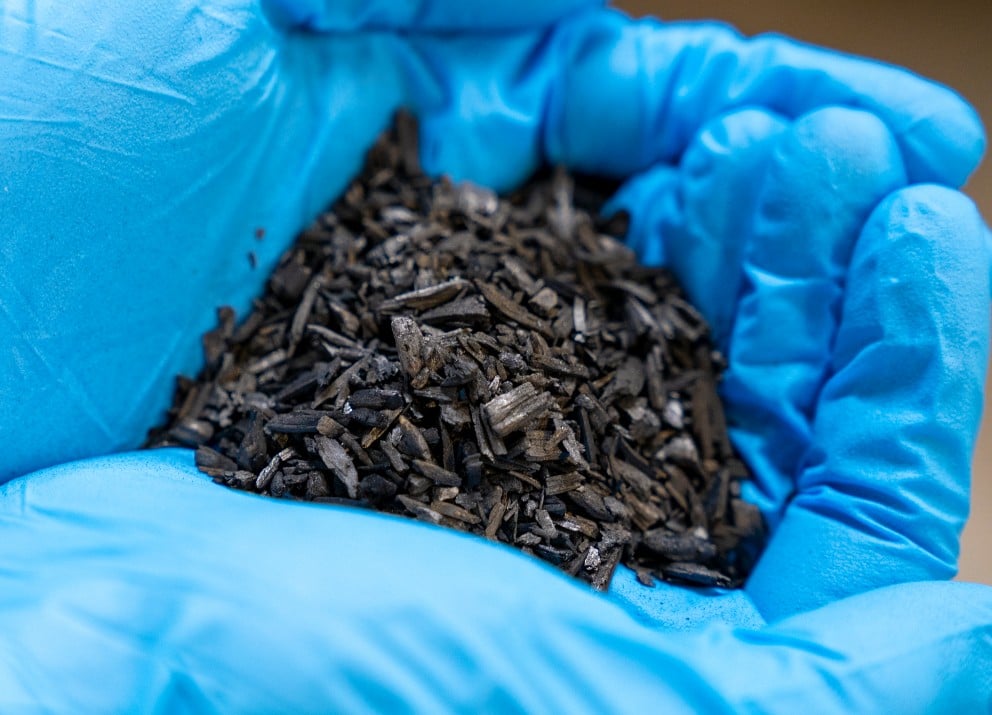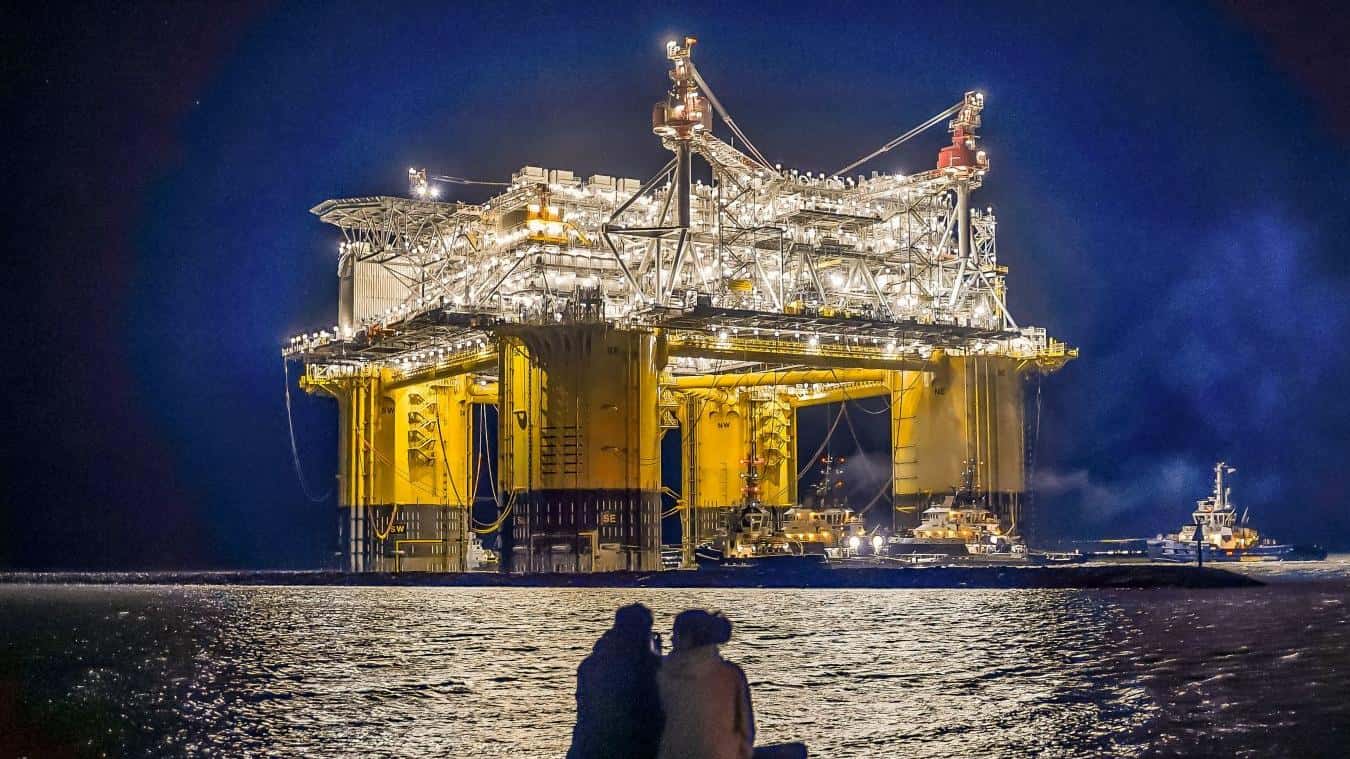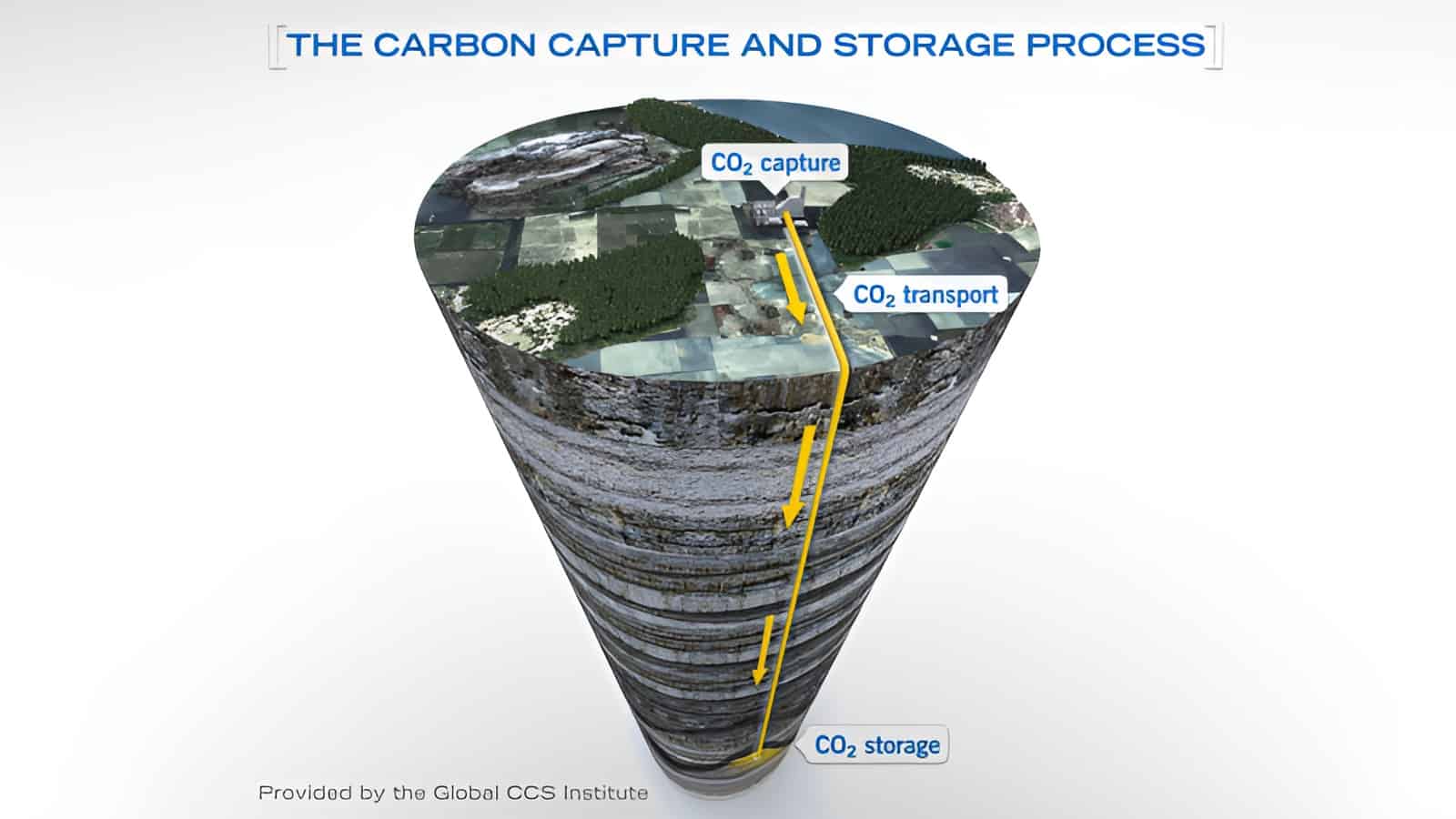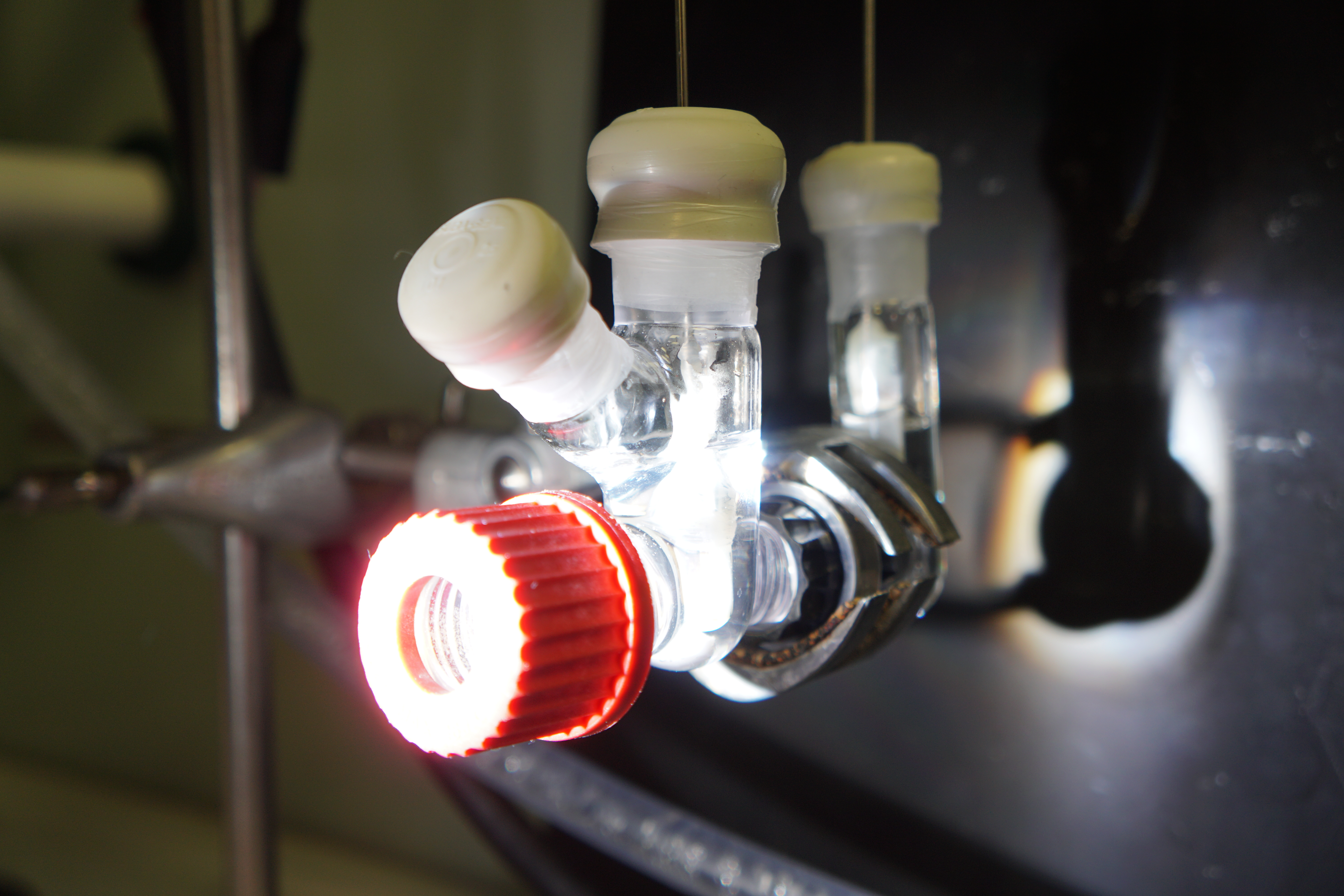
We all know more trees means more carbon dioxide removed from the atmosphere. Airlines certainly do – back in 2018, multiple European airlines began programs to offset their carbon usage. KLM began their ‘one ticket = one tree’ campaign while UK airlines pledged to cut carbon emissions by 70 percent by 2050.
But, in reality, simply planting trees isn’t enough. When trees and other plants absorb C02 to grow, carbon is released back into the environment through their roots where it can eventually make its way back into the atmosphere. The trouble is finding a way to trap the C02 and then store it in a way that does not create new problems.
We’re all familiar with the greenwashing airlines do now – planting trees in Africa to offset C02 emissions
Professor Colin Snape – University of Nottingham
One way to do this is through the creation of biochar. It is created by pyrolysis, which involves heating organic biomass at high temperatures until it becomes a carbon-dense charcoal. By creating biochar, C02 that would otherwise find its way back into the environment becomes trapped. The biochar can then be buried and remain stable in the soil for hundreds of years.
“We’re all familiar with the greenwashing airlines do now – planting trees in Africa to offset C02 emissions,” says Professor Colin Snape of the University of Nottingham clean fossil energy department. “But to achieve carbon neutrality by 2050, you’re really going to need a huge chunk of greenhouse gas removal technology to offset this.”
Snape is leading a 5.22M euro project that will test the viability of producing biochar on a mass-scale and burying it in agricultural land. The hope is to find ways to produce biochar sustainably and in a way that does not harm the earth its buried in.
Creating biochar and staying carbon neutral
Biochar is by no means a new product. You can find it in most garden shops and is used to improve soil for plants. It is made from organic biomass and can be mixed right in with earth. However, it is generally made in kilns for individual use. Snape is proposing localized plants that create huge amounts of biochar and stay carbon neutral.
“Using a modern and efficient process, you can create biochar while recovering heat and power,” explains Snape. “40 percent of the biomass used would create biochar while the remaining 60 percent is converted into energy and exported.”

The biomass needed to create biochar can initially come from agricultural and forestry waste. This way, the waste does not end up in a landfill and create a different problem. In the future, the solution may be to harvest trees and fast-growing crops for biochar production. This would require an effort to create just as much as we need to destroy.
“You should only be removing carbon at the same rate it is growing,” says Snape. “You can’t be cutting huge swaths of forestry in North America today.”
Paying farmers to bury biochar
Burying biochar, also known as carbon sequestering, is also not a new idea. The unknowns are finding where to put it and whether it will cause damage long term. In the Netherlands and the UK, much of the usable land is agricultural land. A main aspect of Snape’s project is proving it is safe and convincing farmers that their land is the best place to bury it. Convincing, in this case, would mean paying them to test the concept out.
“Farmers get subsidies from the EU and that is based on how big your farm is,” says Snape. “Now it will be not how big your farm is but in what societal good does the land provide.”
He sees a new opportunity for companies who want to offset their carbon footprints, such as airlines, to contribute to this as well. If it is proven that burying biochar is safe, airlines could pay farmers to store biochar on their land. This way, biochar can be made locally and avoid more C02 emissions that come from transport.
“Airlines who are still emitting serious quantities of C02 are not going to be able to get away with the greenwashing they’re doing now,” says Snape. “The funding needed to operate greenhouse gas removal will not work unless you tax heavy producers.”
Read about how planes and ships are being powered by synthetic kerosene here.







